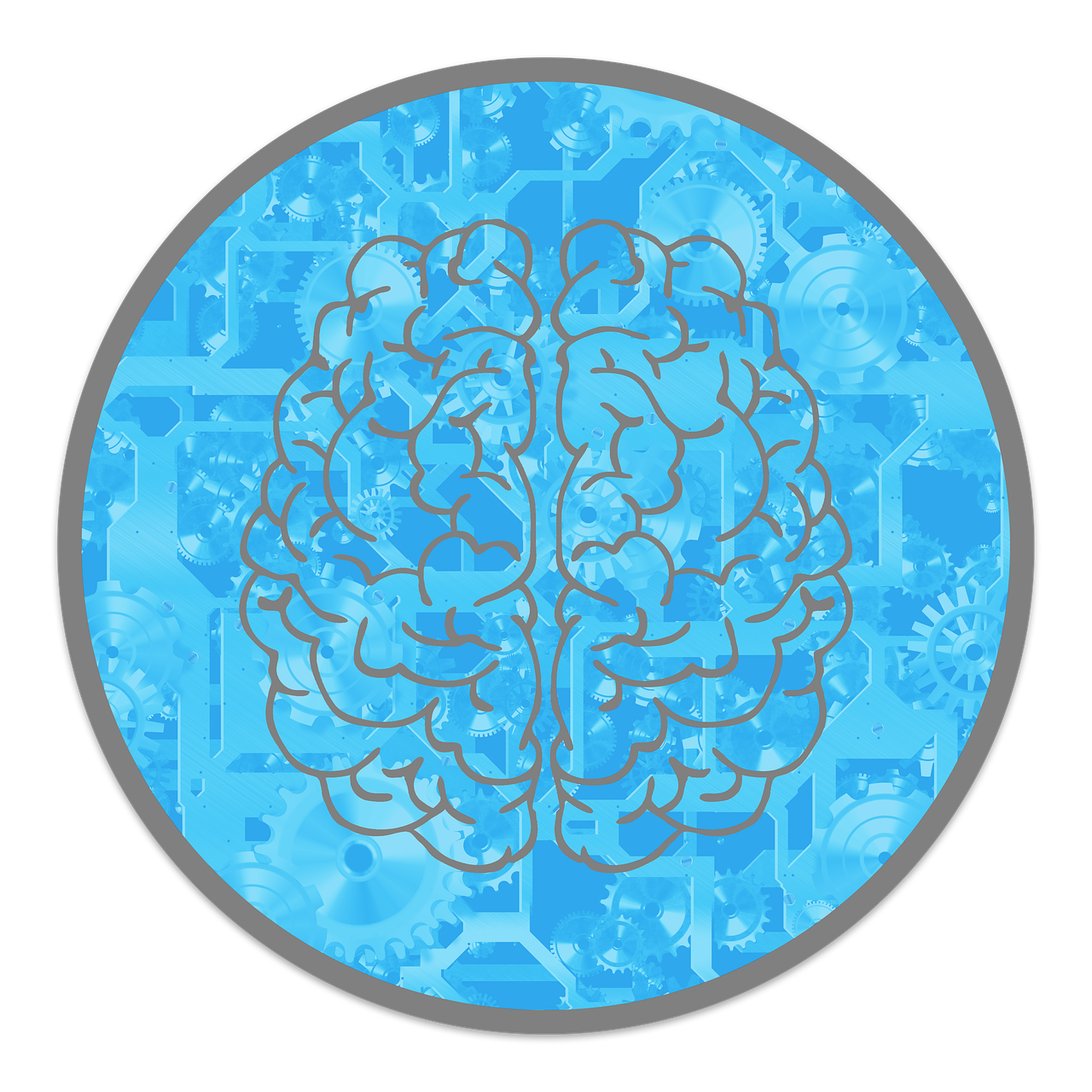
Brain tumors are abnormal growths of cells in the brain that can disrupt its complex structure and function.
These changes can affect how the brain works, leading to a variety of symptoms in patients.
By understanding how brain tumors alter the brain’s architecture, doctors can better diagnose and treat these conditions.
This knowledge also helps explain the diverse symptoms patients may experience and guides the strategies healthcare professionals use to manage these challenges effectively.
How Tumors Change the Brain
Brain tumors can change the brain’s structure and function in several ways, which can lead to a range of symptoms and complications.
Here’s how they impact the brain:
Taking up space
The skull has a fixed amount of space, and as a tumor grows, it takes up room that would normally be occupied by healthy brain tissue.
This can squeeze or compress nearby areas, increasing pressure inside the skull and potentially shifting important brain structures out of place.
Pushing on brain tissue
Tumors can push against surrounding brain tissue, altering its shape and function.
This pressure can interfere with the normal workings of the brain, leading to problems like weakness, vision changes, or difficulty thinking clearly.
Swelling (Edema)
Tumors often trigger swelling in the surrounding brain tissue, known as edema.
This swelling adds to the pressure inside the skull, making it harder for the brain to function properly and worsening symptoms.
Blocking fluid flow
Some tumors can block the pathways that allow cerebrospinal fluid (CSF) to flow through the brain.
When this happens, fluid builds up, a condition called hydrocephalus.
This increases pressure in the skull and can cause symptoms like headaches, nausea, or balance issues.
Damage to specific areas
Tumors can directly harm or press on specific parts of the brain, disrupting the functions those areas control.
For example, a tumor in the left parietal lobe might affect a person’s ability to understand language or solve math problems.

Effects of These Changes
The physical changes caused by brain tumors can lead to a variety of symptoms, which can impact a person’s body, mind, and emotions.
Here’s how these changes might show up:
Physical symptoms
Brain tumors can cause physical symptoms that are often the first signs something is wrong.
For example:
- Headaches are common, especially if the tumor increases pressure inside the skull.
- Seizures can occur if the tumor irritates or disrupts the brain’s electrical activity.
- Weakness or coordination problems may arise if the tumor affects areas responsible for movement, making it hard to walk, use hands, or maintain balance.
These physical challenges can make everyday tasks, like getting dressed or walking, much harder for patients.
Cognitive symptoms
Brain tumors can also affect how the brain processes information, leading to cognitive difficulties such as:
- Memory problems, like forgetting names, dates, or recent events.
- Trouble focusing or paying attention, which can make it hard to complete tasks or follow conversations.
- Difficulty with problem-solving or planning, impacting a person’s ability to manage daily responsibilities or make decisions.
These changes can be frustrating and may require patients to adapt their routines or seek additional support.
Emotional symptoms
The brain plays a key role in regulating emotions, and tumors can disrupt this process, leading to emotional changes such as:
- Mood swings, where a person may feel unusually sad, anxious, or irritable.
- Personality changes, where someone might act differently than they used to, becoming more withdrawn or impulsive.
- Depression or anxiety, which can make it hard to cope with the challenges of living with a brain tumor.
These emotional symptoms can be just as challenging as physical ones, affecting relationships and overall well-being.

What Doctors Do
Doctors use advanced tools and treatments to understand how a tumor is affecting the brain and to create the best treatment plan for each patient.
Here’s how they approach it:
Imaging (MRI and CT Scans)
To get a clear picture of what’s happening in the brain, doctors rely on imaging techniques like:
- MRI (Magnetic Resonance Imaging): This uses powerful magnets and radio waves to create detailed images of the brain.
- CT (Computed Tomography) Scans: This uses X-rays to create cross-sectional images of the brain. It’s especially useful in emergencies or when MRI isn’t an option.
These imaging tools are critical for diagnosing the tumor and planning the next steps in treatment.
Treatment options
Once the tumor is identified, doctors create a treatment plan tailored to the patient’s specific situation.
The options depend on factors like the tumor’s type, location, and the patient’s overall health.
Common treatments include:
- Surgery: If possible, surgeons remove as much of the tumor as they can without damaging healthy brain tissue.
- Radiation therapy: It’s often used after surgery to treat any remaining tumor cells or when surgery isn’t an option.
- Chemotherapy: This involves using drugs to kill tumor cells or stop them from growing. It’s sometimes combined with radiation therapy for better results.
- Targeted therapies or immunotherapy: These newer treatments focus on specific features of the tumor or boost the immune system to fight the cancer.
Doctors work closely with patients to choose the best treatment plan, considering the potential benefits and side effects.
They also provide ongoing care to manage symptoms, monitor progress, and support the patient’s overall well-being.

Final Thoughts
Understanding how brain tumors change the brain’s structure is key to creating effective treatment plans and supporting patients throughout their journey.
When doctors can identify these changes early and take a comprehensive approach to care, it can make a big difference in improving outcomes and helping patients maintain a better quality of life.
By combining advanced diagnostics, personalized treatments, and ongoing support, healthcare teams can provide the best possible care for those affected by brain tumors.


